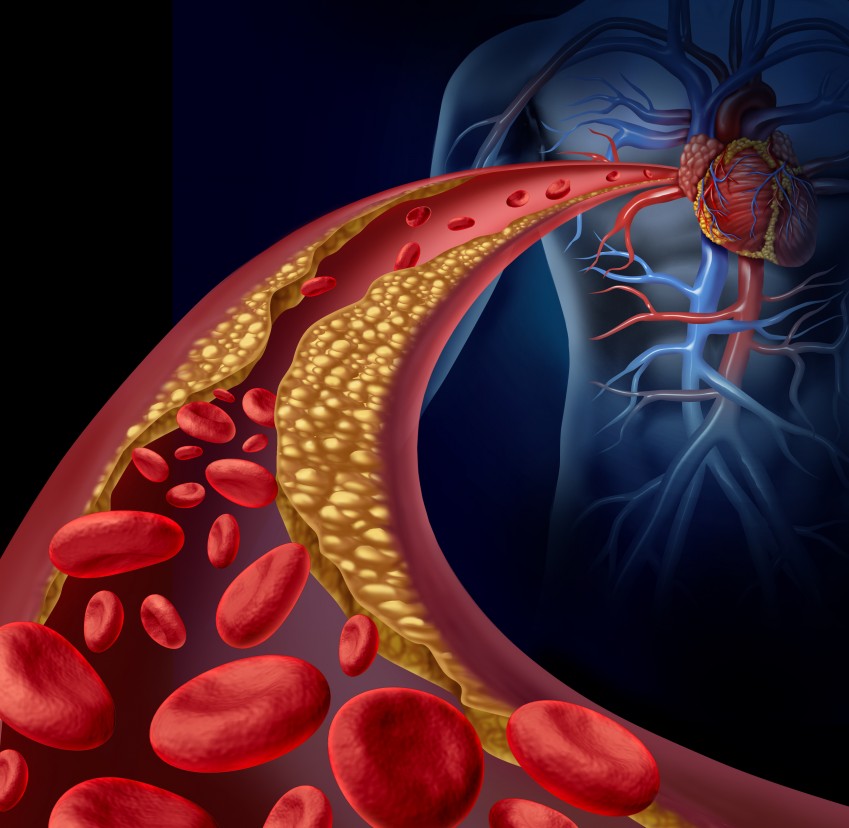
February is American Heart Month

February is American Heart Month, which makes it the perfect time to reduce your risk for heart disease, heart attacks and stroke.
American Heart Month has been around for decades. President Lyndon B. Johnson was the first American president to recognize the event when he issued Proclamation 3566 on December 30, 1963. The first American Heart Month took place just a few months later, in February of 1964.
At the time of the original proclamation, more than half of the deaths in nation were the result of cardiovascular disease. While the number of deaths associated with cardiovascular disease is dropping, they are decreasing at a slower pace than they have in the past, particularly among people ages 35 to 64. In many communities, the death rates from cardiovascular disease in younger adults are actually increasing. The rates of risk factors for death from heart and blood vessel disease, such as physical inactivity and high blood pressure, are even rising in this age group.
Cardiovascular disease remains the leading cause of death worldwide, according to the American Heart Association, with the disease claiming more than 17.9 million lives each year. Sadly, the number of deaths associated with cardiovascular disease will likely rise to more than 23 million by 2030.
More than 2,300 Americans die of cardiovascular disease each day. That works out to about one death every 38 seconds. Fortunately, about 80 percent of cardiovascular diseases may be preventable with education and action.
American Hearth Month 2018
To help Americans learn about heart disease and take action to prevent it, each American Heart Month features a theme and a focus. This year, the theme of American Heart Month 2018 is “You’re in Control.”
The focus of this year’s American Heart Month is on younger adults. Many people think of heart disease as a condition affecting only older adults, but cardiovascular disease is an increasing problem for younger adults.
In accordance with American Heart Month, the CDC Division of Heart Disease and Stroke Prevention and Million Hearts® is working hard to let younger adults know that nobody is immune to heart disease. Furthermore the CDC wants younger adults to know that they can reduce their risk of cardiovascular disease through lifestyle changes, and by managing their blood pressure and other medical conditions.
Preventing Cardiovascular Disease
You can reduce your risk of cardiovascular disease by eating right, exercising more and taking control of your health. Aim for about 150 minutes of physical activity each week, for example. Reduce the amount of salt in your diet, avoid unhealthy fats, and consume more fruits and vegetables. Quit tobacco and reduce your alcohol intake. Get your high blood pressure and high cholesterol under control by taking your medicine.
One of the most important things you can do to protect yourself from heart attack, stroke and other cardiovascular problems is to assess the health of your heart and blood vessels. Your doctor can perform various tests to help evaluate your cardiovascular health. Blood pressure checks look for hypertension, for example, and cholesterol screenings measure the amount of cholesterol in your blood.
Calcium scoring uses special x-ray equipment to create pictures of your coronary arteries, which are the blood vessels that carry blood away from your heart. Radiologists use computed tomography, also known as CT scans or CAT scans, to create these images.
CT scans create three-dimensional (3D) images of internal organs, bones and blood vessels in greater detail than possible through conventional x-rays. CT scans are non-invasive, so you can undergo the test as an outpatient.
Cardiac CT scans provides information about the presence, location and degree of calcified plaque in coronary arteries. Calcified plaque is a condition in which fat and other substances build up on the inside of the arteries. This plaque can calcify, or harden, in time. Doctors refer to this as coronary artery disease (CAD.)
In time, the accumulation of plaque narrows the arteries and prevents blood from flowing well through them. CAD can prevent the heart from getting the oxygen-rich blood it needs to function well. This can cause chest pain, also known as angina. CAD can also cause shortness of breath. Cutting off blood to the heart can even cause a heart attack.
While CAD can cause angina chest pain and shortness of breath, it does not always cause symptoms. Many people with the condition do not realize they have it, and this makes tests like calcium scoring even more important. Doctors may recommend calcium scoring tests for patients who do not have symptoms, but have other risk factors for CAD.
Risk factors for CAD include high blood pressure, high blood cholesterol levels, a family history of heart attacks, diabetes, cigarette smoking, physical inactivity and being overweight or obese.
Participate in American Heart Month this year by eating right, exercising more, taking control of your health, and by getting screened with a calcium scoring test.



